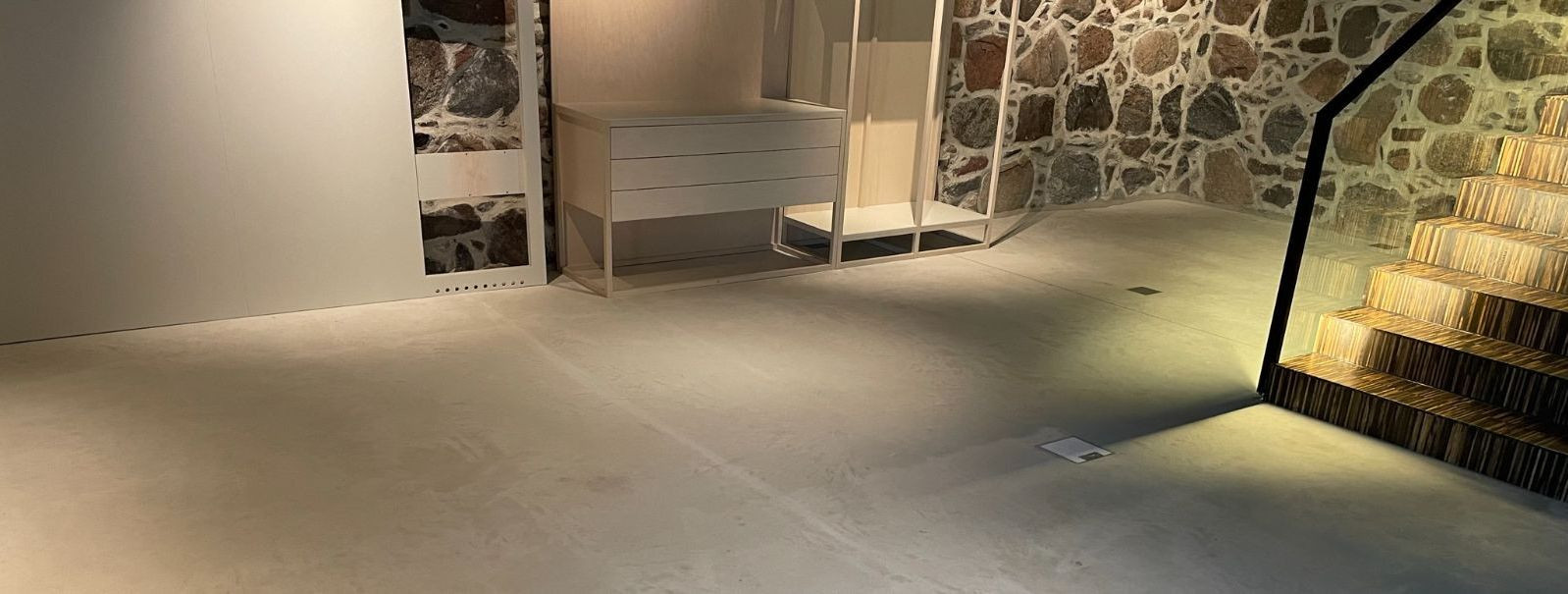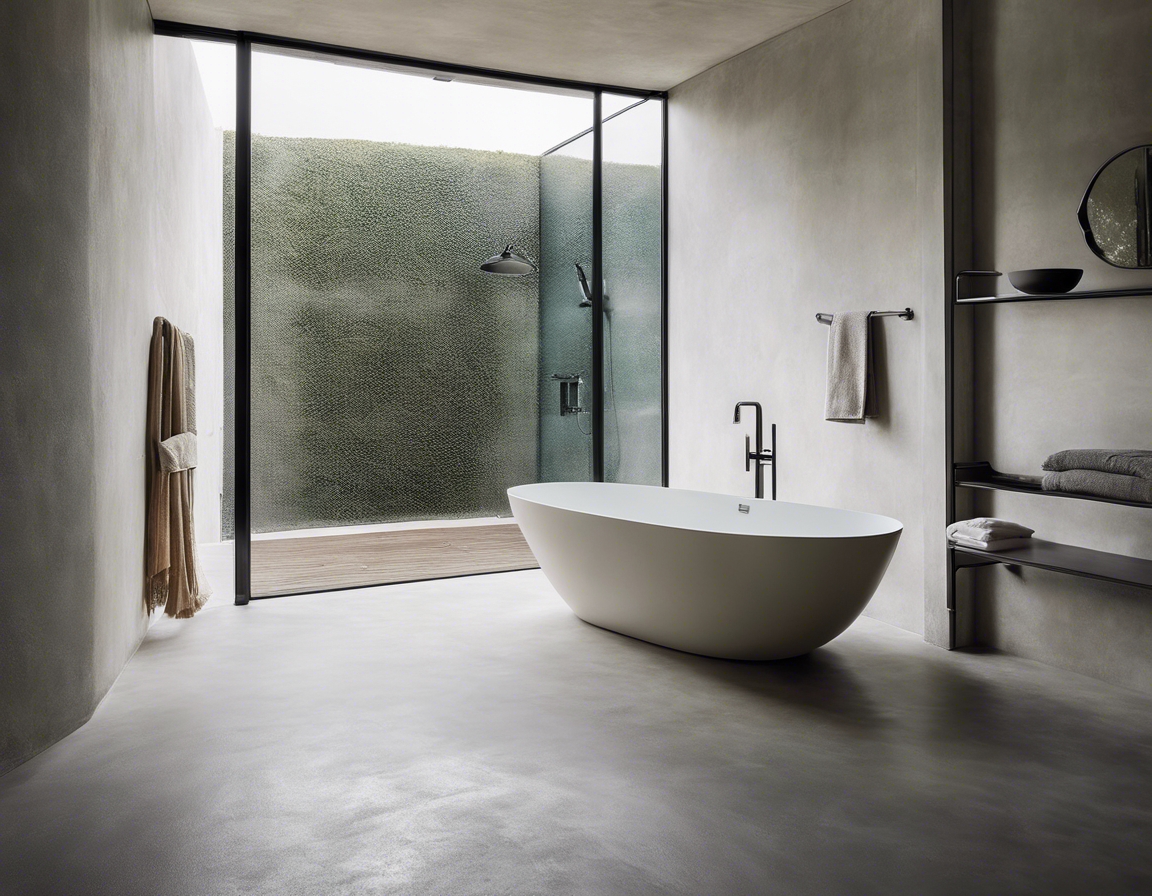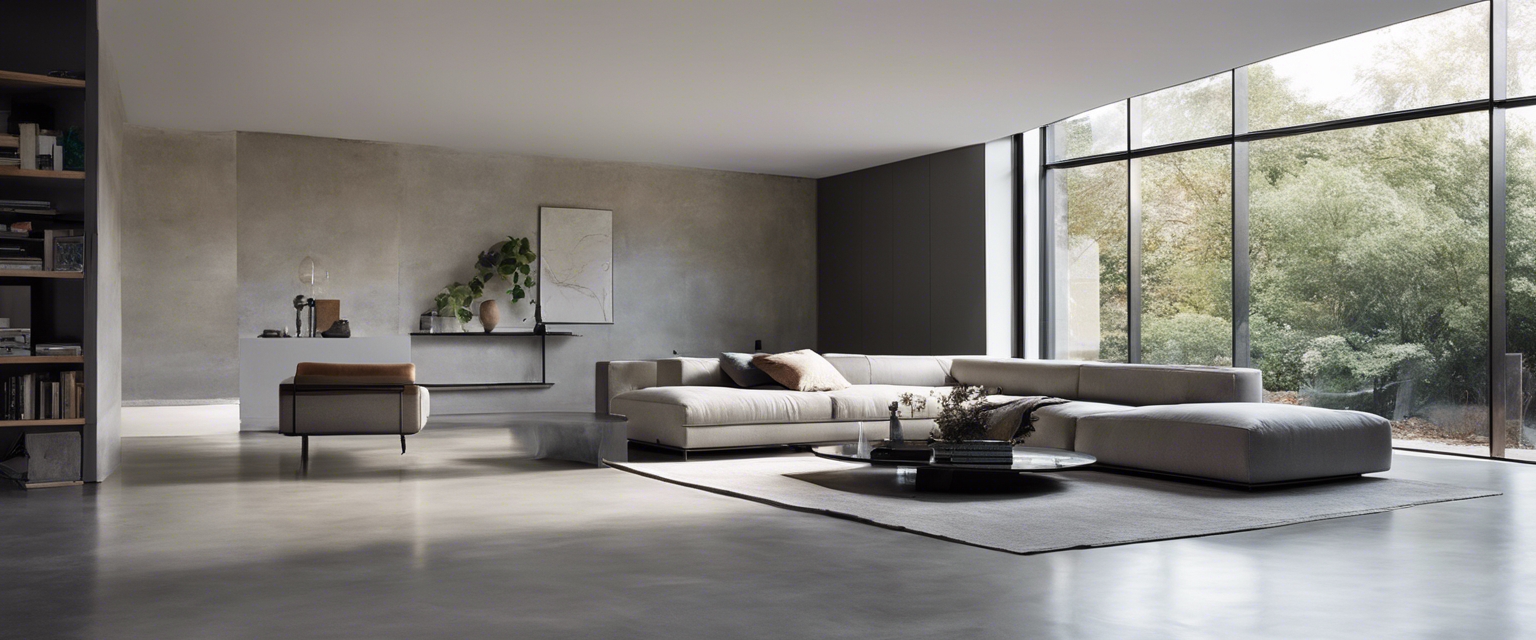Polishing the future: trends in concrete surfaces
Concrete has undergone a remarkable transformation from a basic structural material to a premium finish in modern design. Its versatility and durability have made it a favorite among architects and designers, allowing for innovative expressions in both residential and commercial spaces.
Its adaptability to various textures and finishes, coupled with its inherent strength, has positioned concrete as a staple in modern architecture. The material's ability to blend with other elements and its cost-effectiveness have further cemented its popularity.
Emerging Trends in Concrete Surfaces
As environmental concerns take center stage, the demand for sustainable building materials has risen. Concrete surfaces are now being developed with lower carbon footprints, utilizing eco-friendly cement alternatives and aggregates.
New technologies in concrete production have led to enhanced properties such as self-healing concrete, which can repair its own cracks, and ultra-high performance concrete, which offers superior strength and durability.
The ability to customize concrete surfaces with various textures, patterns, and colors allows for unique design possibilities that cater to the individual tastes of homeowners and designers.
Gone are the days of dull, grey concrete. The introduction of pigments and stains has given rise to a spectrum of colorful concrete options, enabling designers to create vibrant and inviting spaces.
Concrete is not just about aesthetics; it's also becoming smarter. With the integration of technology, concrete surfaces can now incorporate heating elements, lighting, and even transmit data.
The Art of Concrete Surface Finishing
Polished concrete floors are not only aesthetically pleasing but also offer ease of maintenance and durability, making them a timeless choice for any space.
Textured finishes such as stamped or broomed concrete provide not only visual interest but also enhanced slip resistance, combining form and function.
The trend of creating a seamless flow between indoor and outdoor spaces has led to the use of concrete surfaces that can effortlessly transition from interiors to exteriors.
Sustainable Practices in Concrete Finishing
The incorporation of recycled materials like glass and plastic into concrete mixes not only reduces waste but also creates unique surface finishes that are both beautiful and sustainable.
Concrete's thermal mass properties make it an excellent choice for energy-efficient building designs, helping to regulate indoor temperatures and reduce energy consumption.
The long lifespan and low maintenance requirements of concrete surfaces make them an economically smart choice for both residential and commercial projects.






Comments (0)